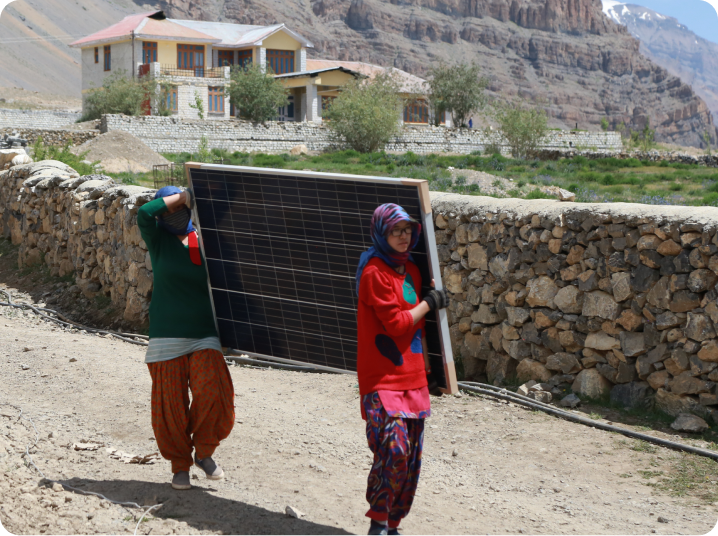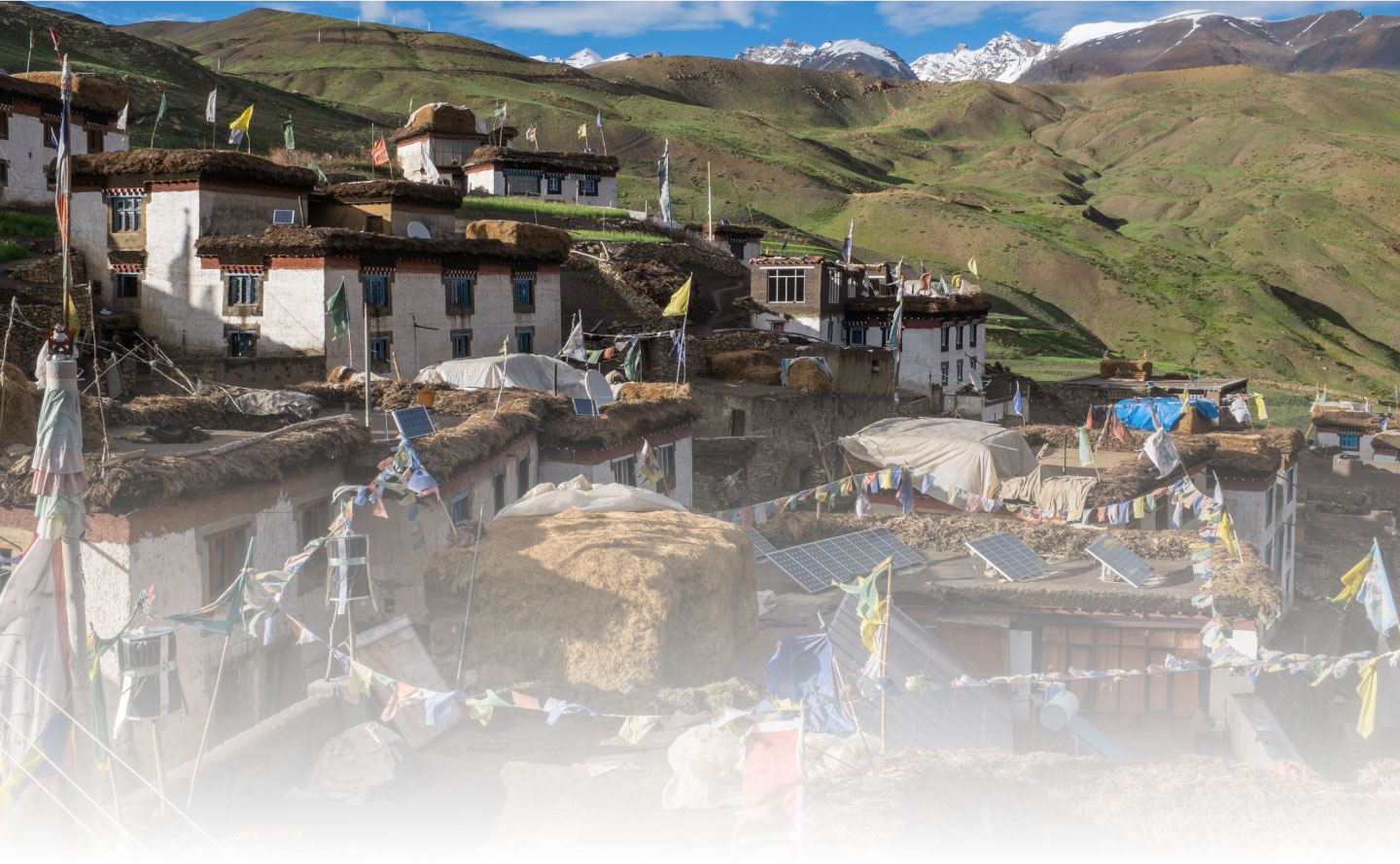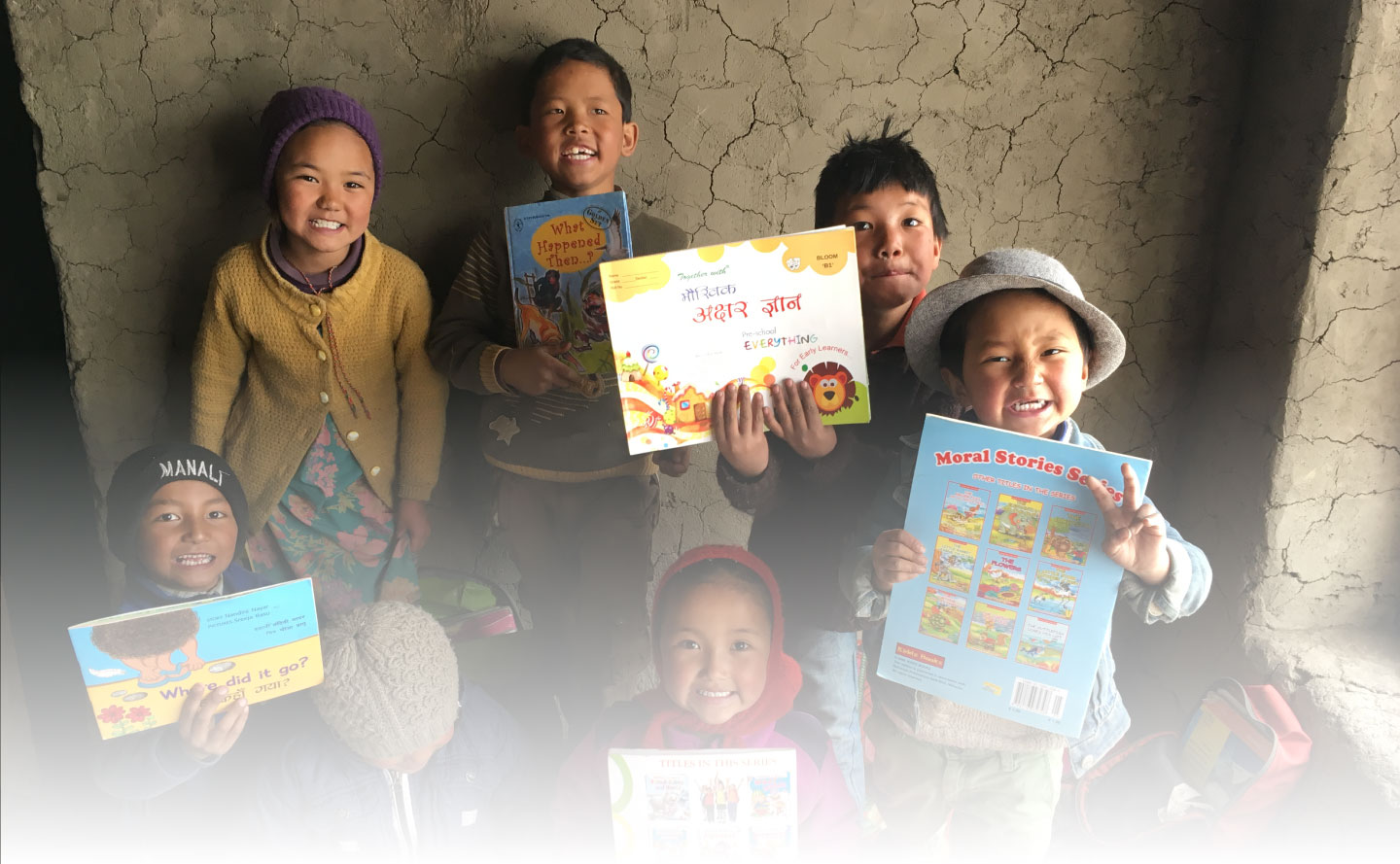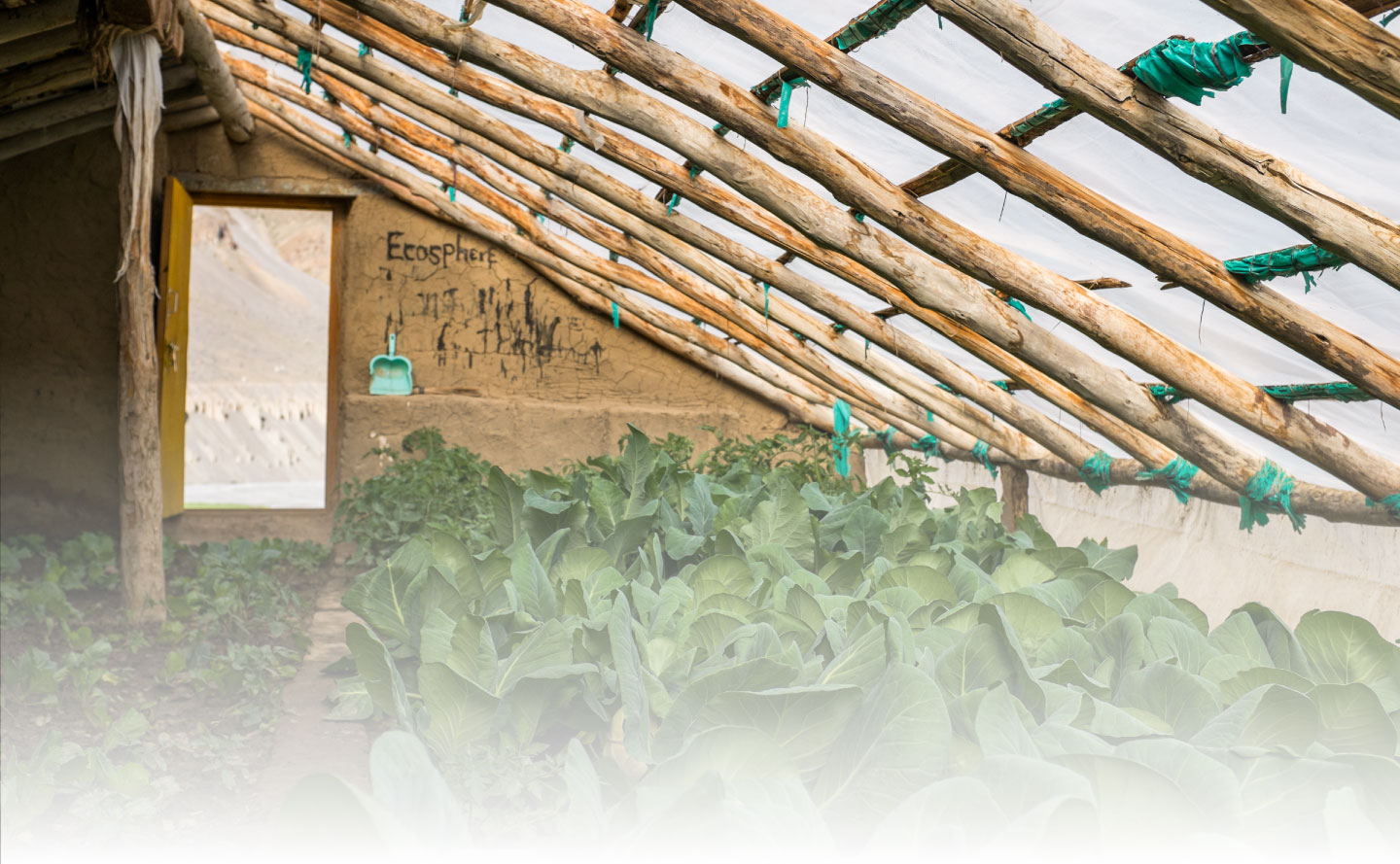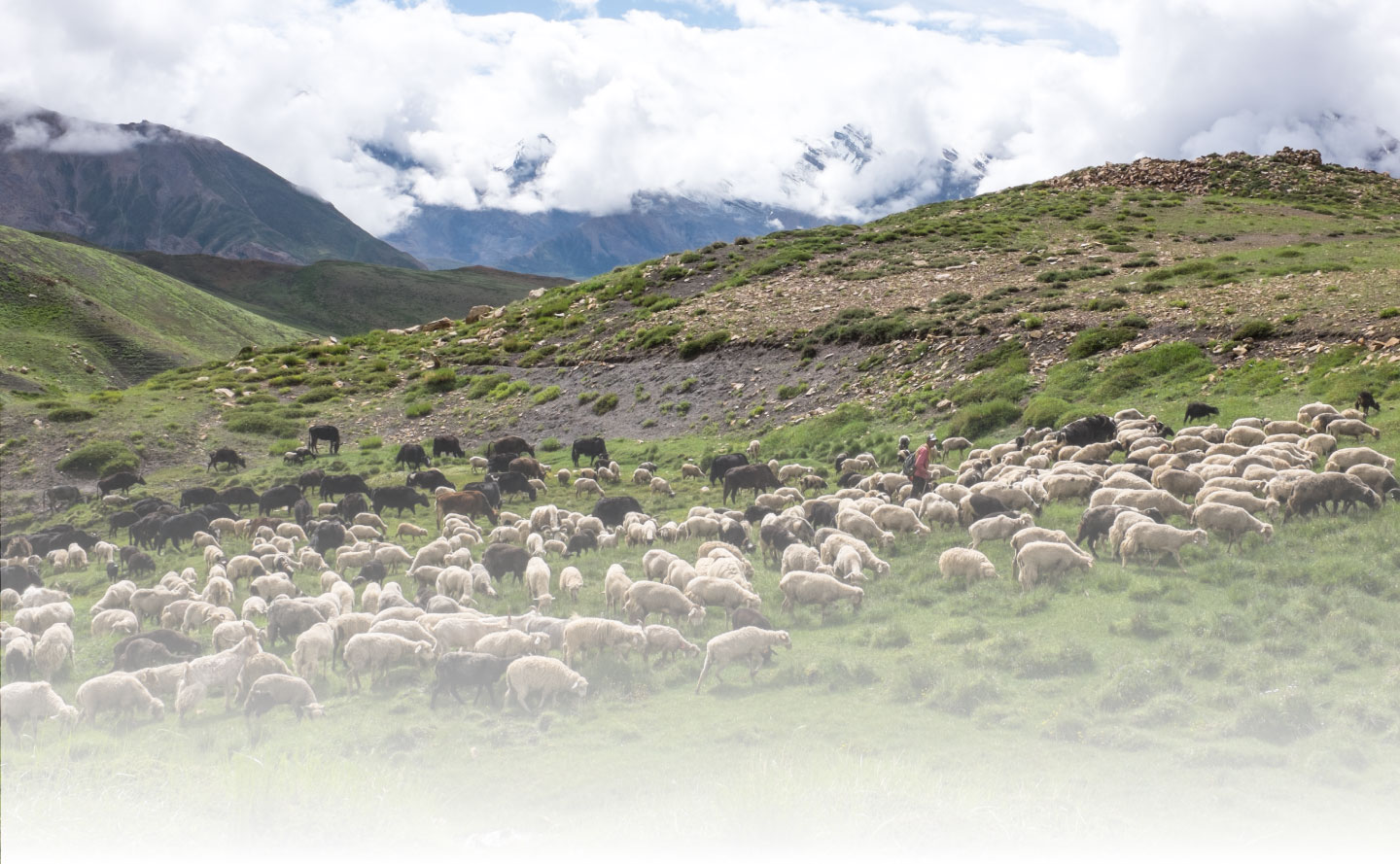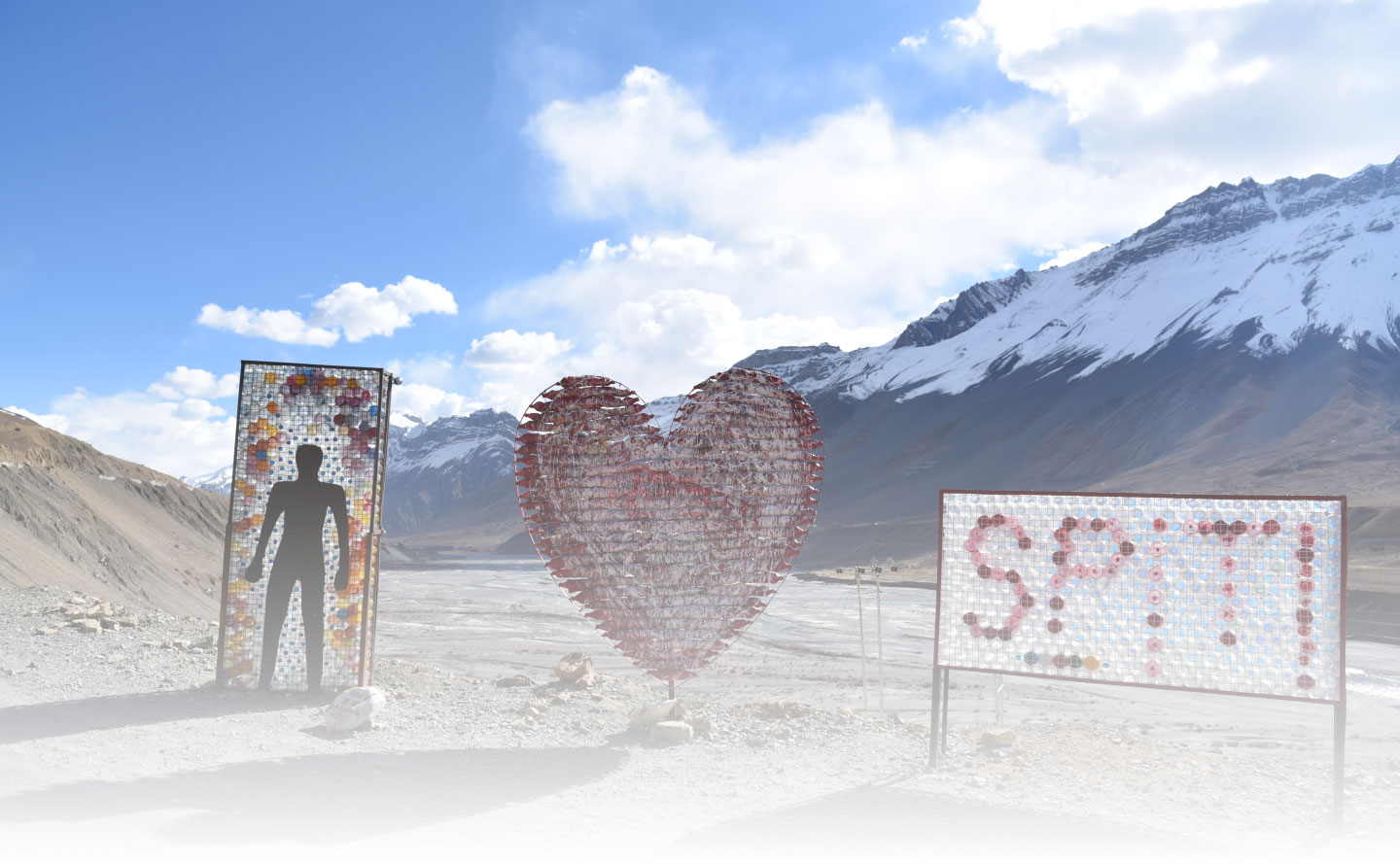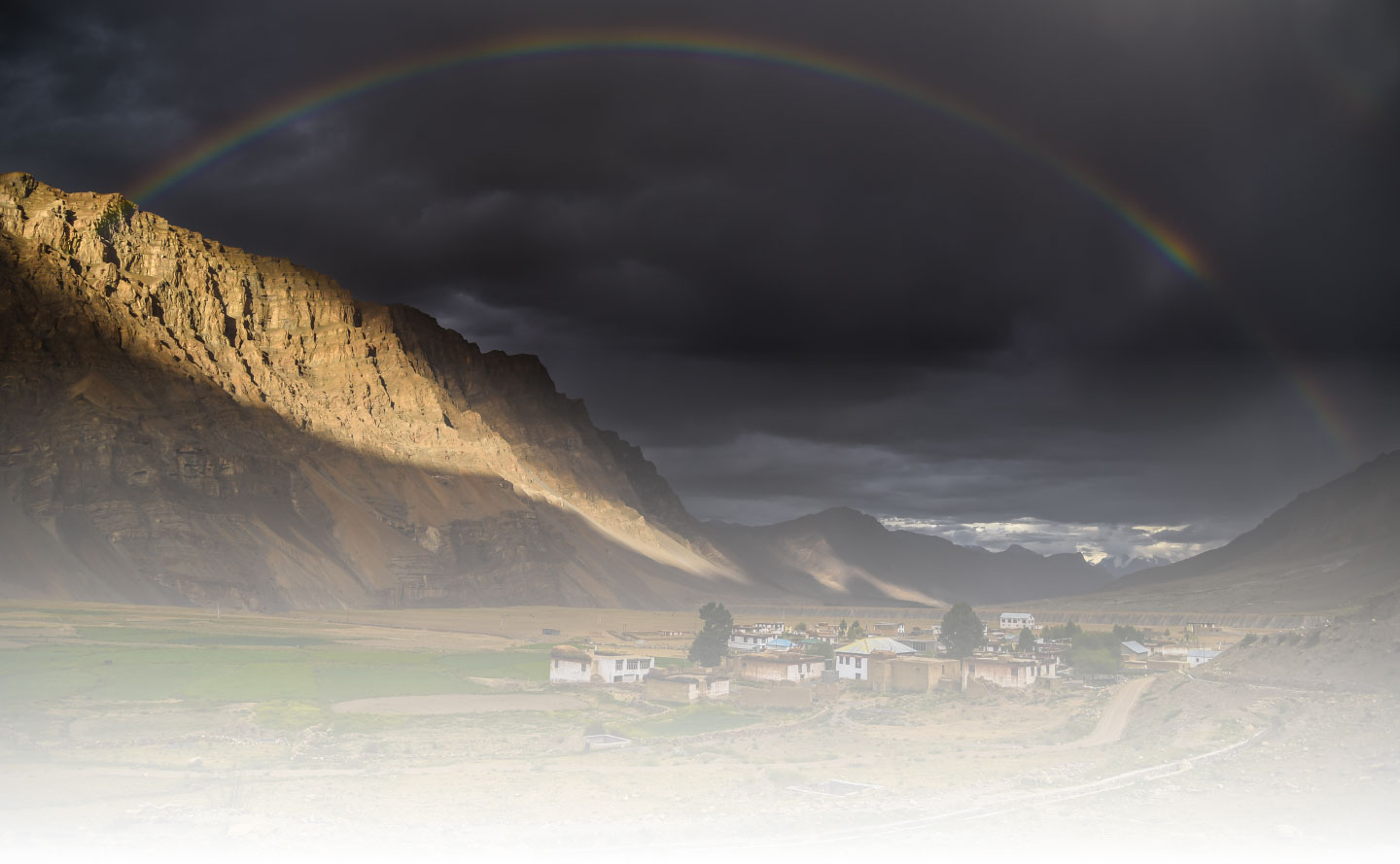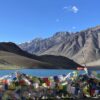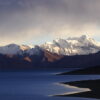
Spiti is a high-altitude cold-desert valley lying in the rain shadow of the Himalayas. This beautiful valley receives scanty rainfall and snow is the main source of moisture.
Water is a scarce resource here in Spiti. Most villages in Spiti receive fresh water from glaciers and springs, which in turn are recharged by the winter snow. However shifts in climate and freak weather conditions – that are increasingly becoming the norm – have resulted in less snowfall, impacting the availability of water not just in the summer but in the winters too.
The spectacular but fragile Spiti Valley is at the frontlines of climate change.


Access to safe water is a fundamental human need and therefore a basic human right
- Kofi Annan

Interventions

Against the backdrop of these challenges, we have initiated a few projects to enable year-round access to water.

Make a Difference
Come to Spiti and help build an artificial glacier or contribute to similar projects.
Every volunteer makes a difference!



Make a Difference
Water is life!
Our endeavour is to provide access to drinking water to every village in spiti.
Join us in this life changing initiative

